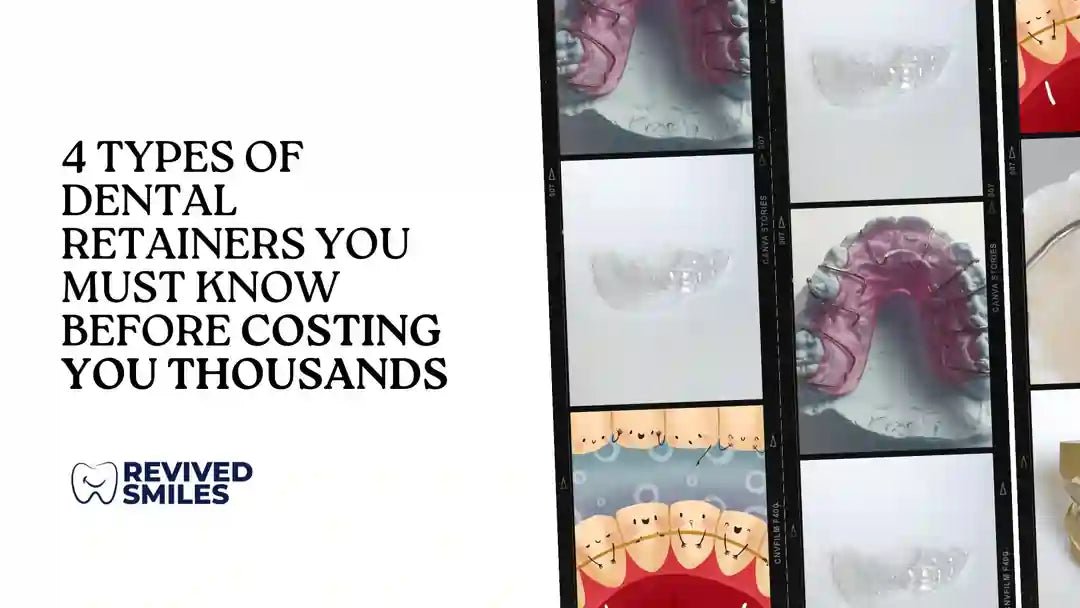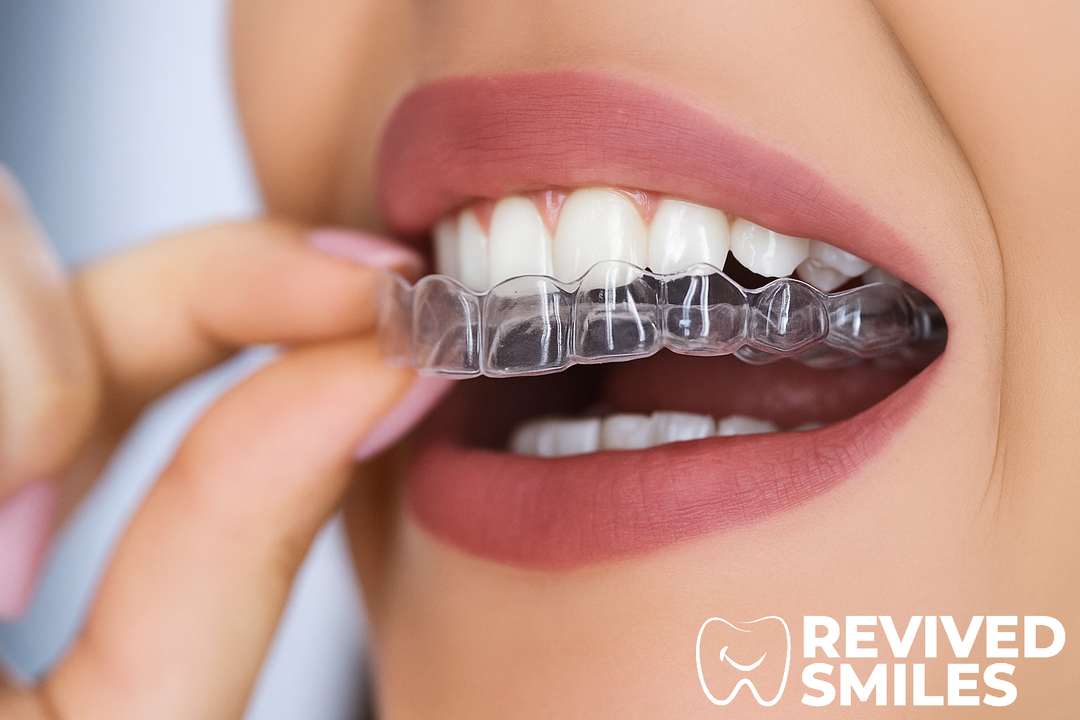All About Retainers: Discover the Different Types and Find the Best One for You

Congratulations on completing your orthodontic treatment! Now that your braces are off, or you’ve finished your Invisalign journey, it’s time to think about the next crucial step: wearing a retainer. Retainers are essential for maintaining the results of your orthodontic treatment, ensuring that your teeth stay in their new, correct position. But with several types of retainers available, how do you know which one is right for you? In this guide, we’ll explore all the different types of retainers, their benefits, and how to choose the best one for your needs.
What Is a Retainer?
A retainer is a custom-made dental appliance that you wear after orthodontic treatment to keep your teeth in place. Once your teeth have been straightened, they naturally want to shift back to their original positions. Wearing a retainer prevents this from happening, maintaining the alignment and stability of your smile.
Types of Retainers
There are three main types of retainers, each with its own set of advantages and considerations. Your orthodontist or dentist will recommend the best type based on your specific needs and lifestyle. Let’s take a closer look at each option:
1. Hawley Retainers
Hawley retainers are one of the most traditional types of retainers. They consist of a metal wire that runs across the front of your teeth, connected to an acrylic plate that sits against the roof of your mouth or under your tongue.
Pros:
- Durable: Hawley retainers are known for their durability and can last for many years with proper care.
- Adjustable: The metal wire can be adjusted by your orthodontist if minor movements of the teeth are needed.
- Easy to Clean: The design of Hawley retainers allows for easy cleaning and maintenance.
Cons:
- Visible: The metal wire is noticeable when you speak or smile, which some people may find unappealing.
- Less Comfortable: The acrylic plate can feel bulky in your mouth, especially when you’re getting used to it.
Best For: Individuals looking for a durable and adjustable retainer who don’t mind the visibility of the metal wire.
2. Clear Plastic Retainers (Essix Retainers)
Clear plastic retainers, also known as Essix retainers, are made from a transparent plastic material that fits snugly over your teeth, similar to an Invisalign aligner.
Pros:
- Nearly Invisible: These retainers are clear, making them less noticeable when worn.
- Comfortable: Their thin, form-fitting design often feels more comfortable in the mouth compared to bulkier options.
- Removable: Easy to take out for eating and cleaning.
Cons:
- Less Durable: Clear plastic retainers can be prone to cracking or warping over time, especially if not handled carefully.
- Not Adjustable: Unlike Hawley retainers, these cannot be adjusted by an orthodontist once they are made.
Best For: Those who prioritize aesthetics and comfort and are looking for a discreet retainer option.
3. Fixed Retainers (Permanent Retainers)
Fixed retainers, also known as permanent retainers, consist of a thin metal wire bonded to the back of your front teeth. This wire is typically placed on the lower front teeth and remains in place indefinitely.
Pros:
- No Need to Remember: Since they are permanently bonded, you don’t have to remember to wear them.
- Invisible: They are placed behind the teeth, so they are not visible when you smile or talk.
- Effective: Provides continuous retention, ensuring that your teeth stay in place.
Cons:
- More Challenging to Clean: Cleaning around the wire can be difficult, increasing the risk of plaque buildup and gum issues.
- Can Cause Discomfort: Some people may find the presence of a permanent retainer irritating or uncomfortable over time.
Best For: Individuals who want a hassle-free solution that doesn’t require daily removal or remembering to wear the retainer.
How to Choose the Best Retainer for You
Choosing the right retainer depends on your lifestyle, preferences, and the recommendations of your orthodontist. Here are a few factors to consider:
- Aesthetics: If you prefer a retainer that is nearly invisible, a clear plastic retainer may be the best choice for you.
- Durability: If you’re looking for a long-lasting option, consider a Hawley retainer or a fixed retainer, as they tend to be more durable than clear plastic retainers.
- Convenience: If you don’t want to worry about taking your retainer in and out, a fixed retainer provides a permanent solution that requires less daily maintenance.
Caring for Your Retainer
Regardless of the type of retainer you choose, proper care is essential for maintaining its effectiveness and longevity. Here are some tips for taking care of your retainer:
- Clean Daily: Brush your retainer daily with a soft toothbrush and non-abrasive cleaner. Avoid using hot water, as it can warp the material.
- Store Properly: When not in use, store your removable retainer in a protective case to prevent damage.
- Regular Check-Ups: Even with a fixed retainer, it’s important to visit your dentist regularly to ensure that your retainer is in good condition and that your teeth remain healthy.
Conclusion: Get Dentist-Quality Retainers at Revived Smiles
Retainers are a crucial part of maintaining your smile after orthodontic treatment, and choosing the right one is essential for long-term success. Whether you prefer the durability of a Hawley retainer, the invisibility of a clear plastic retainer, or the convenience of a fixed retainer, Revived Smiles has you covered.
At Revived Smiles, we offer dentist-quality retainers designed to fit your specific needs and ensure that your smile stays perfect. With our range of customizable options, you can find the ideal retainer that suits your lifestyle and preferences.
Visit Revived Smiles today to explore our selection of retainers and take the next step in preserving your beautiful smile.





Leave a comment